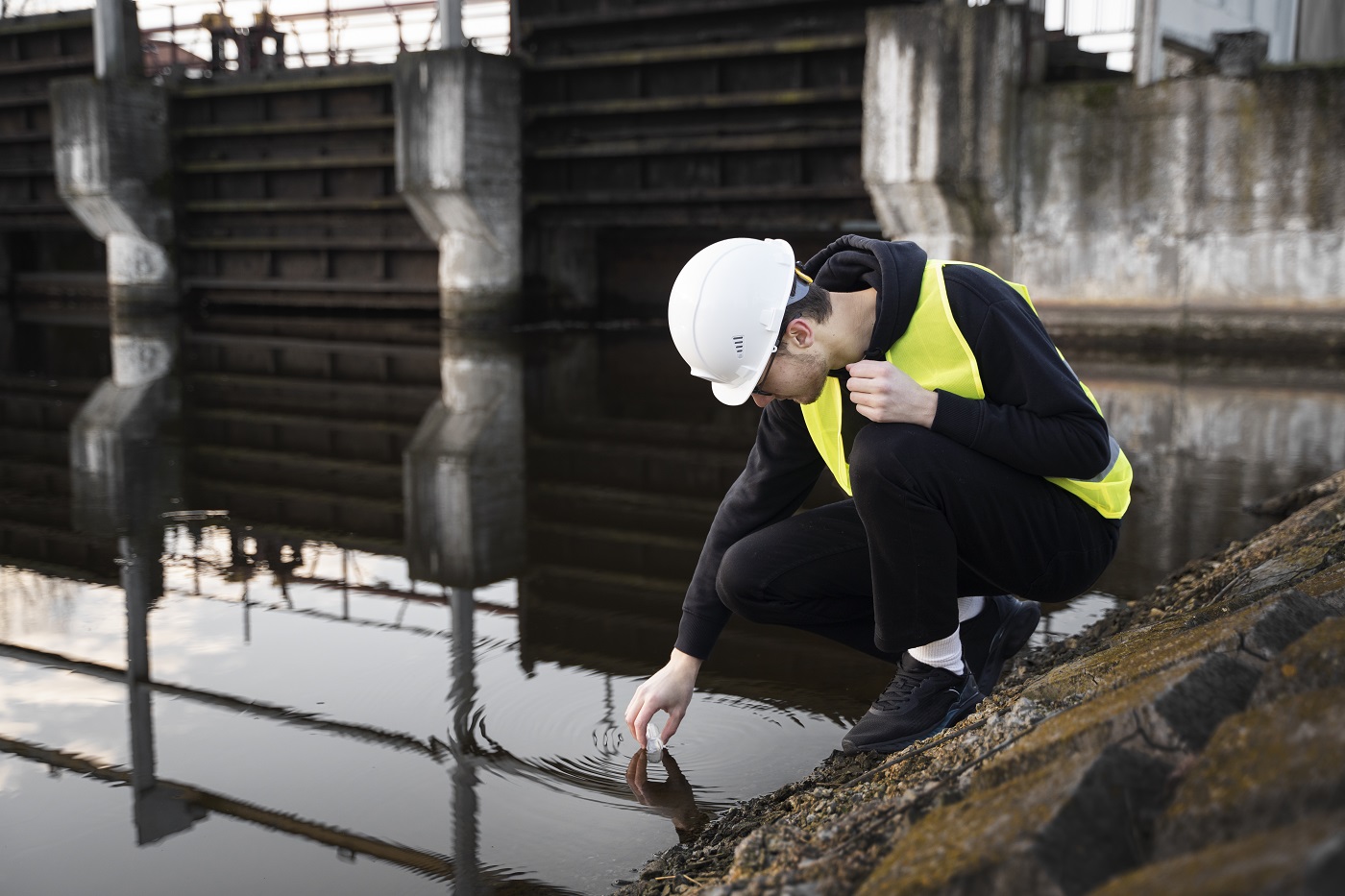
Even though water is essential for life, it may cause chaos in our houses when it enters without warning. Safeguarding our sanctuaries requires an understanding of water damage and restoration. Natural calamities and ruptured pipelines can have disastrous effects. We’ll explore the subtleties of water damage, its causes, and the crucial restoration stages in this enlightening tutorial. Being prepared for any situation—a small leak or a large flood—will help you recover quickly and effectively. To ensure that your house continues to be a sanctuary of comfort and safety, continue reading to learn about water damage Toledo Ohio, and restoration.
Water damage restoration is the process of restoring the property to its former condition prior to water intrusion. The steps in the procedure are extraction, dehumidification, cleaning, and if required, reconstruction. While water damage restoration does not often require certification, it is best completed by a water damage restoration specialist like the experts at Sparkling Clean Carpet Care who is equipped with the necessary tools and skills.
Water damage restoration is crucial because structural damage might be the effect of water damage Toledo Ohio rather than the cause. Water damage and structural damage are inextricably linked, and the presence of one frequently signals the presence of the latter. Water damage to walls, ceilings, and floors can cause them to collapse.
Ignoring water damage or failing to respond quickly enough can result in long-term health hazards from mold, germs, and pests. Minimizing the relevance of water damage restoration not only reduces the talent, knowledge, and experience required for the job, but it also puts building inhabitants’ lives in danger.
The first step in addressing an issue is figuring out what caused it in the first place. Knowing the principal causes of water damage can assist water damage repair specialists in quickly identifying the source while assessing a home. The main sources of water damage are the following:
The professional does a water damage inspection or assessment to determine the source of the water, the category of water contamination, and the level of damage. As previously stated, the water supply has a significant impact on the cause of water damage.
However, even if you know what caused the water damage, it may be difficult to pinpoint the source of the water. After finding and interrupting the flow of the water source, the professional will determine the type of water contamination.
Identifying the water pollution category will assist the specialist in determining the scope and type of decontamination required later. The third step in the inspection is to determine the type of water damage.
Fiber-fill insulation, carpet, gypsum board, Concrete Masonry Units (CMU), and textiles are examples of wet porous materials. Plaster, wood, concrete, and masonry are all low-evaporation materials. Identifying the water damage class is critical since it determines the amount of drying and dehumidification required later on.
Extraction is particularly important when a property has a flooded basement because it removes standing water (also known as stagnant water). Submersible pumps and industrial vacuums are two examples of extractors. After standing water has been removed, surface water can be retrieved using portable wet/dry vacuums.
A moisture meter or an infrared thermal camera may also be used by the expert to find concealed pockets of saturation beneath floorboards or behind walls. Residual surface water may remain even after vacuuming.
To dry and dehumidify impacted areas, the professional will utilize heavy-duty fans (including air movers) and commercial-grade dehumidifiers, much as they would for water extraction. Aside from this equipment, the professional may open windows and doors to promote air circulation. However, drying and dehumidification will typically take longer than water removal, particularly if the water damage is Class 3 or 4 and involves the removal of portions of the walls and/or floors.
Before beginning mold remediation, the professional must don Personal Protective Equipment (PPE), which includes an N-95 mask, gloves, goggles, rubber boots, and disposable clothing or protective dungarees. During sanitation, the professional will utilize equipment such as a High-Efficiency Particulate Air (HEPA) vacuum, an air scrubber, and other types of negative air machines, just as they would for extraction and dehumidification.
The expert will remove components that cannot be saved at the last stage of water damage restoration (e.g., plasterboard below the flood line, low to medium-density trim boards, carpet padding). Although they can probably be deep cleaned, carpets will probably need to be replaced. It’s sometimes possible to repair the plasterboard and reuse the wooden trim boards.
Reconstruction, however, can also be required, particularly if a natural calamity is the source of the water damage. A comprehensive and successful restoration strategy can be ensured by adhering to a few simple water damage restoration regulations, even though the process can occasionally be somewhat complicated. It is the last but one of the major stages of water damage Toledo Ohio and restoration.
Water damage restoration is a crucial process to safeguard your home from structural harm and health hazards. By promptly addressing water damage Toledo Ohio, you can prevent mold, germs, and structural collapse. Trust experts like Sparkling Clean Carpet Care for thorough restoration services!
If you want to get a quote, please click the button below